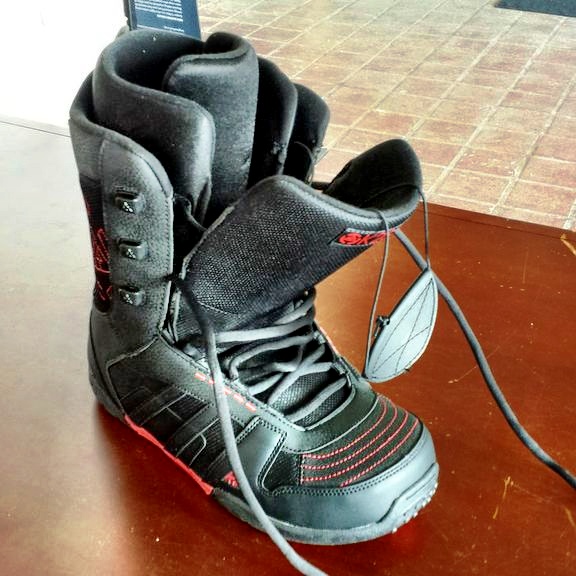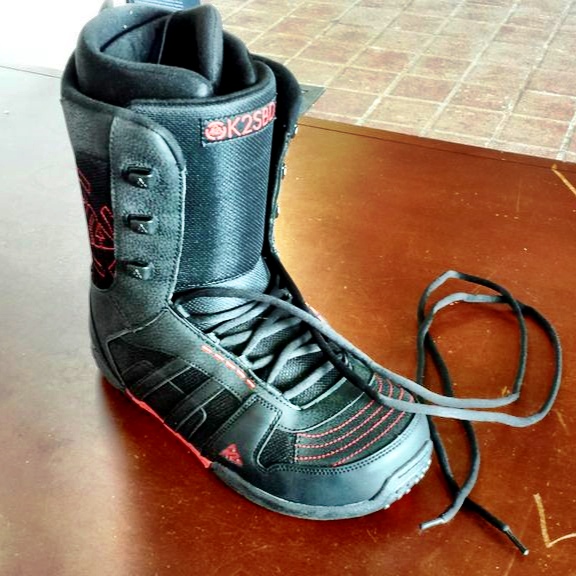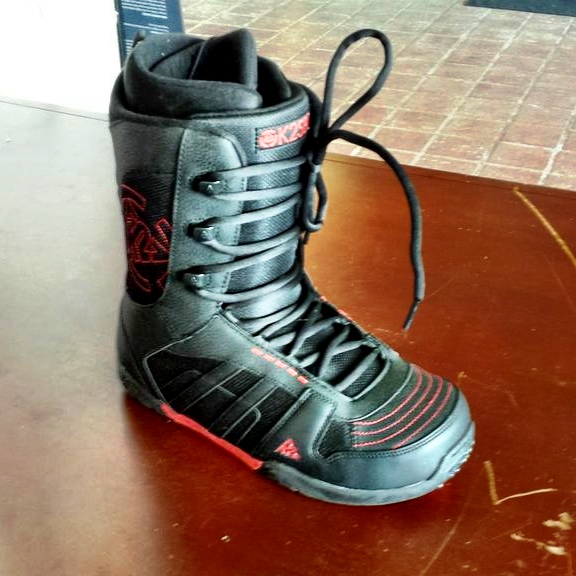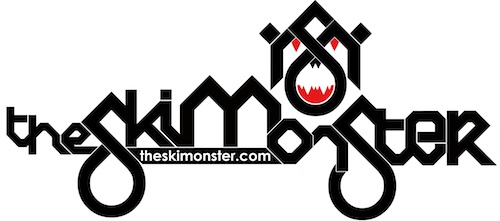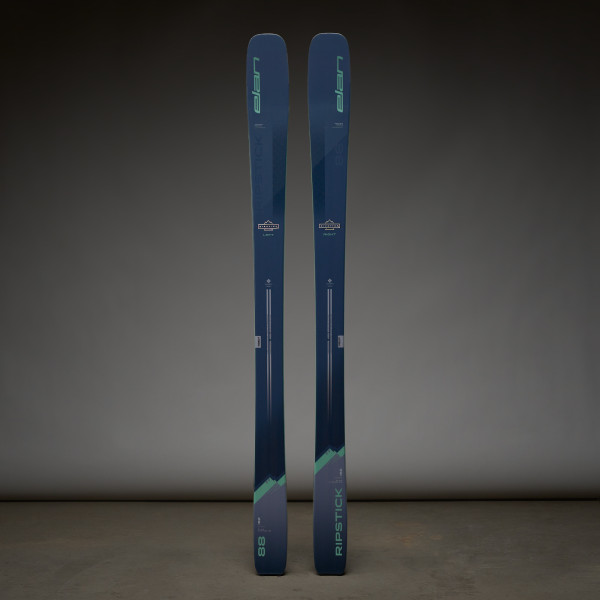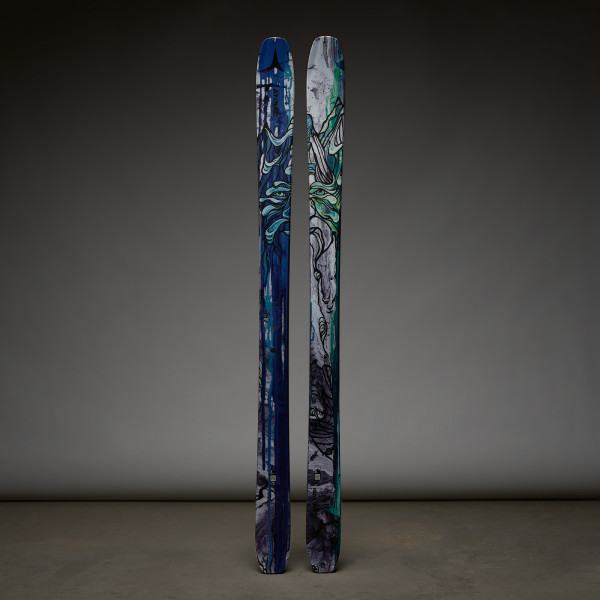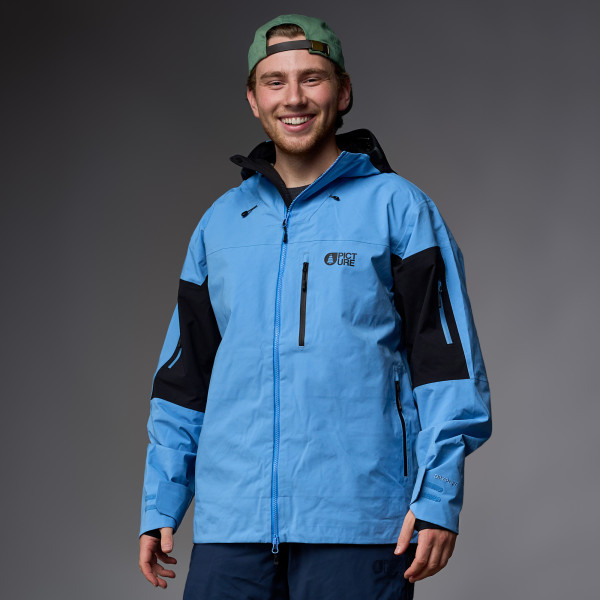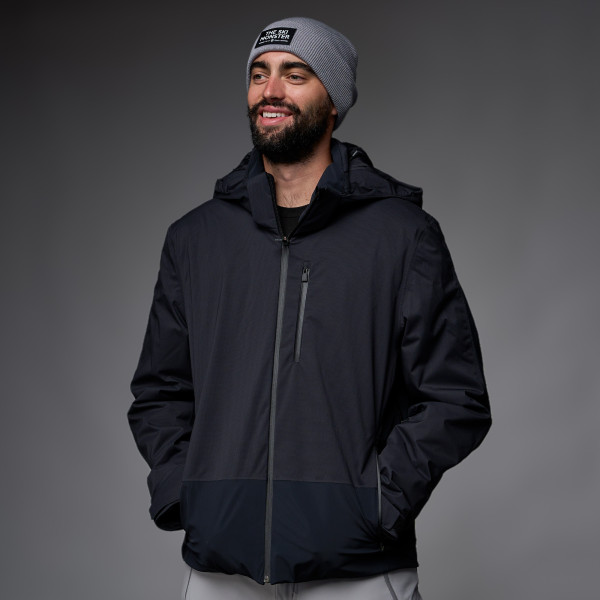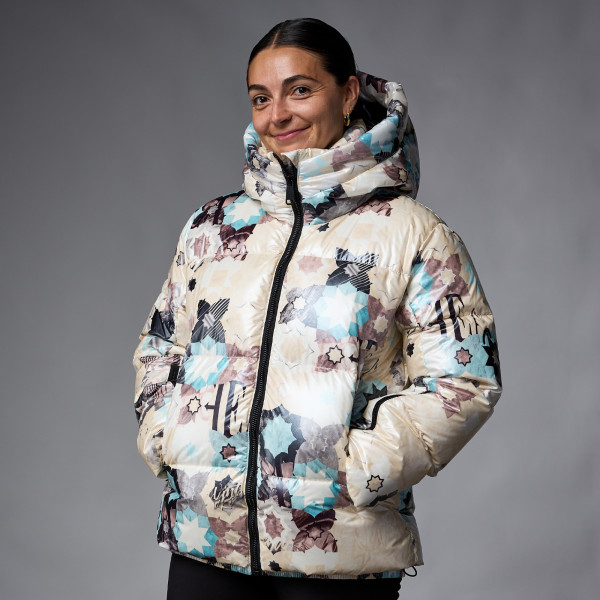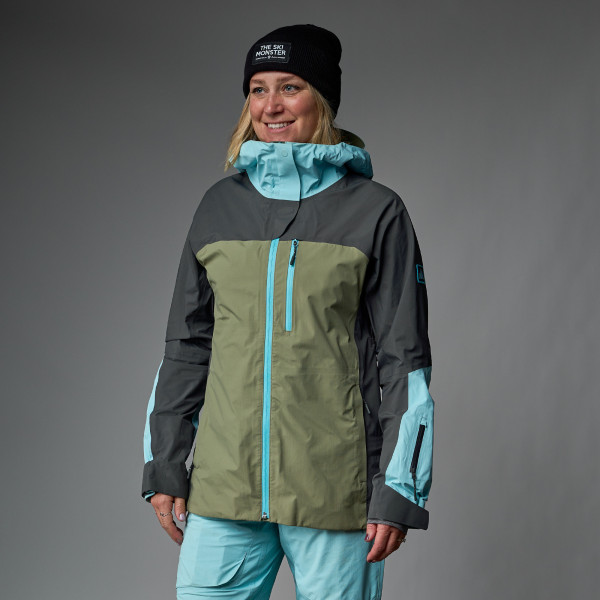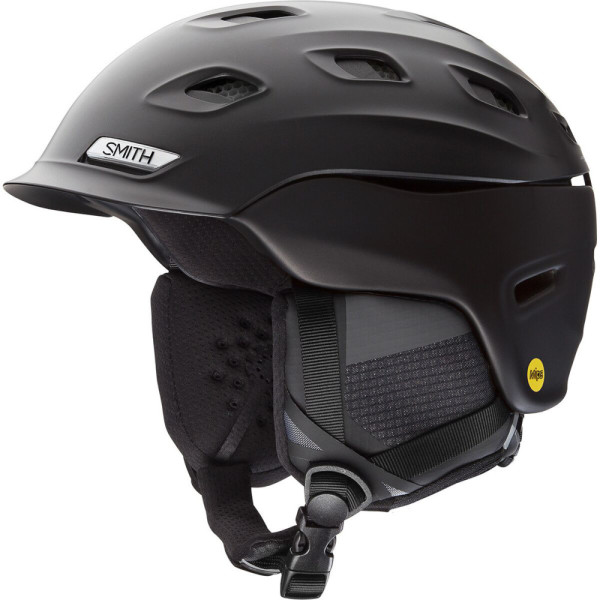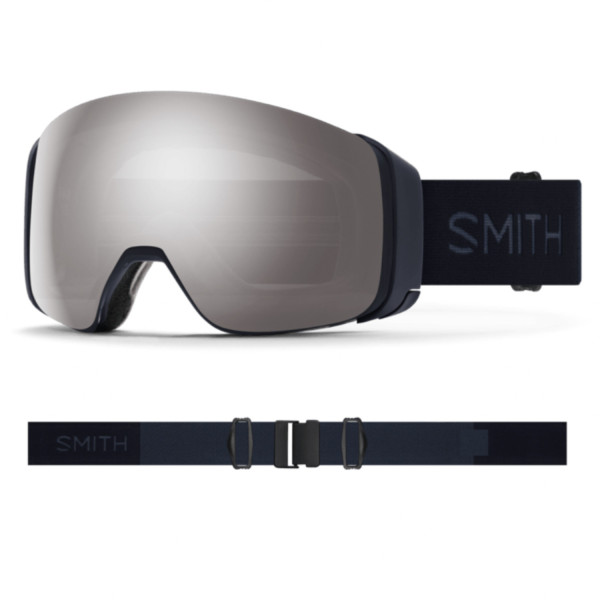Your Shopping Cart
END OF SEASON SALE, ALL 2024 GEAR ON SALE NOW
Hot Items
Shop by Category
Hot Items
Ski & Snowboard Outlets
Snowboard Boots: Boa vs. Lace
Posted January 19, 2015 @ 10:58am | by Gordon Bombay
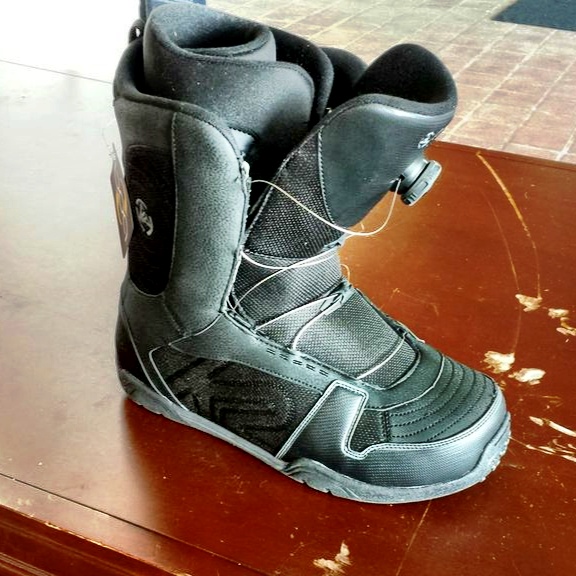
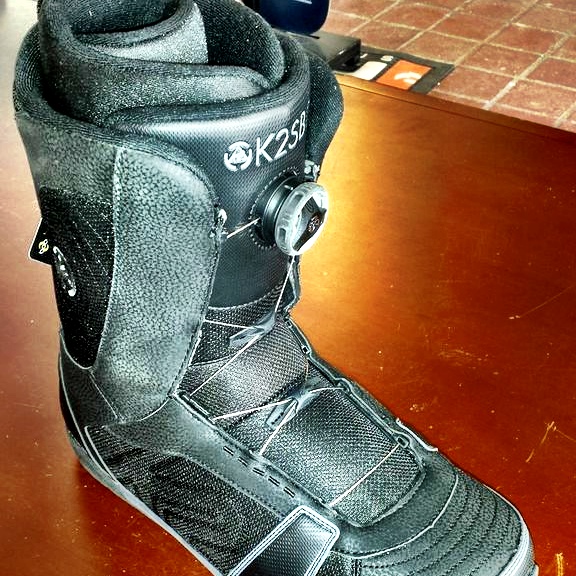
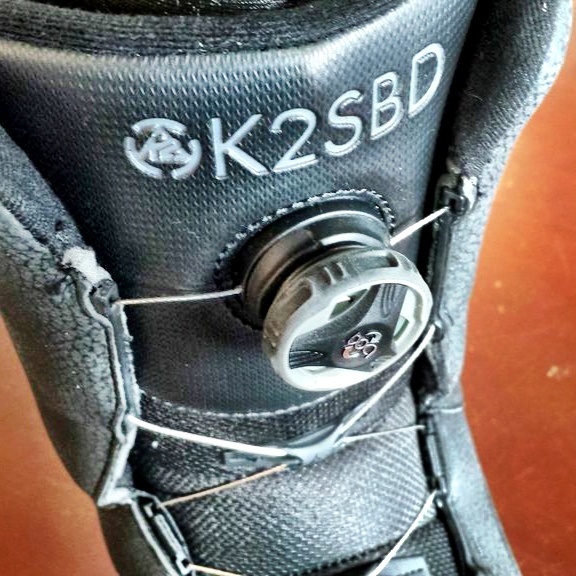
Everybody wants BOA snowboard boots nowadays. As soon as you bring them out to customers their faces light up and they start wondering what the eff that dial thing on the tongue does. Then you show them how easy it is to get the boots on and off and they’re sold. It’s too easy.
Most of the people who buy BOA boots are beginners, younger snowboarders or skiers who want to give snowboarding a try. Dudes who started riding earlier on and who grew up when BOA boots didn’t even exist seem reluctant to give them a shot. And I think that they’re on to something.
This is not meant to be a piece of anti-BOA propaganda. BOA can work effectively, particularly when combined with additional reinforcements. But lace up boots hold your foot better. Im just sayin’. The big problem with the single BOA boots that I’ve experienced is that they grip the ankle area well but completely ignore the instep and heel area. Single BOAs really shouldn’t be used by experienced riders. As soon as you dial them up you can already feel your foot moving around inside the boot.
If you’re really into the BOA and you have some serious hours logged on the hill then the double BOA system, with the dial on the tongue and another on the side of the boot to lock your heel down, works much better. Still, the boots just feel boxy inside. Double BOA boots that use premium Intuition foam can help to dial in a proper fit and I would not recommend getting a BOA boot without an Intuition liner that uses some of their higher end heat moldable foam as a good heat mold can really help a boot to fit tighter and better. One of the sick BOA boots that I’ve seen is the Ride Trident. This boot has three BOA dials---two on each side and one on the tongue. Two dials control the tightness on upper and lower zones and the last one compresses the tongue down to keep your heel locked in really well. The Intuition foam is quality, the system is cool, and the boots looks dope. But this is the exception to BOA boots---See how expensive ($300+) that they have to be to actually grip your foot??
I’m not hatin’, BOA, I swear. This is one person’s opinion, and although it’s close, it still ain’t gospel. You need to try different boots, dial in your own fit and see what works for you. All I’m sayin’ is that a traditional lace up boot allows you to put more pressure on the instep area ensuring that your heel doesn’t move around inside the boot. And for all the talk about the custom fit of the BOA boots, you actually get a more custom fit with a traditional lace boot because you can control the pressure in certain places. In BOA boots, you’re stuck on their system as the cable sits in a track and can’t be adjusted. With laces, you have the ability to adjust the pressure in different areas. Boots too tight on top of your instep, no big deal, loosen the laces at the bottom and keep it tight on top. Can't do that with BOA. Perhaps these are the ramblings of a salty ass curmudgeon…but lace ups do the job more properly. #realtalk
